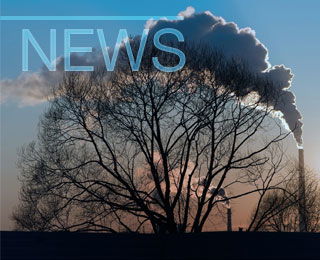On days when the south wind blows, the clothes that villagers in Lower Chaqishi, in the northern Iraqi governorate of Sulaymaniyah, hang up to dry come in whiter than white. It sounds like an advert for washing powder. But the powder here is cement, and it coats coloured and white washing alike. Lower Chaqishi is barely a kilometre from Tasluja, Iraqi Kurdistan’s largest cement factory, capable of producing up to 2Mt when it was opened in 1985.
"It wasn’t a problem at first," villager Hama Said Rauf told reporters. "The factory provided work, and both chimneys together produced less smoke than the small one you can see over there." He pointed to a little flue emitting barely visible fumes. Next to it, one of the two tall chimneys belched out great gusts of yellowish-white smoke.
"Engineers tell us they’re losing 30 percent of total production out of that," he sighed. Like the other 50 families in Lower Chaqishi, Rauf was no longer here when problems started at the factory. The former regime razed his village in 1987. A year later, one of the kilns was closed down, and the other one stopped working properly.
After 1991, with Iraq under international sanctions, it proved impossible to find spare parts. It’s an excuse people living close to the factory find difficult to accept. The continuing malfunction, they say, is affecting every aspect of their lives.
Back in Sulaymaniyah, where he is now adviser to the Ministry of Industry, Osman Qadir insisted that steps were being taken to resolve the problem. Currently a state-owned factory churning out 250,000 mt of heavily subsidised concrete a year, Tasluja is shortly to be semi-privatised, he said. And the privatisation contract makes it clear that pollution levels must drop below the international standards of 150mm per cubic metre. "We paid US $50,000 to get a group of German engineers to look into the problem this summer," said Qadir. "Work renovating and upgrading filter systems will start in January."
